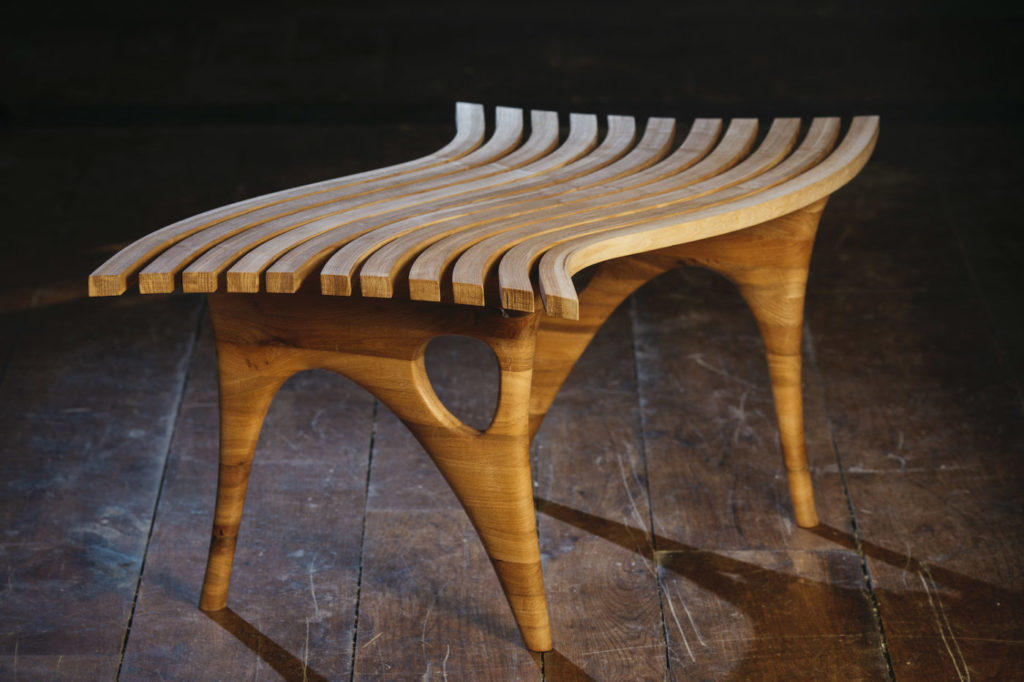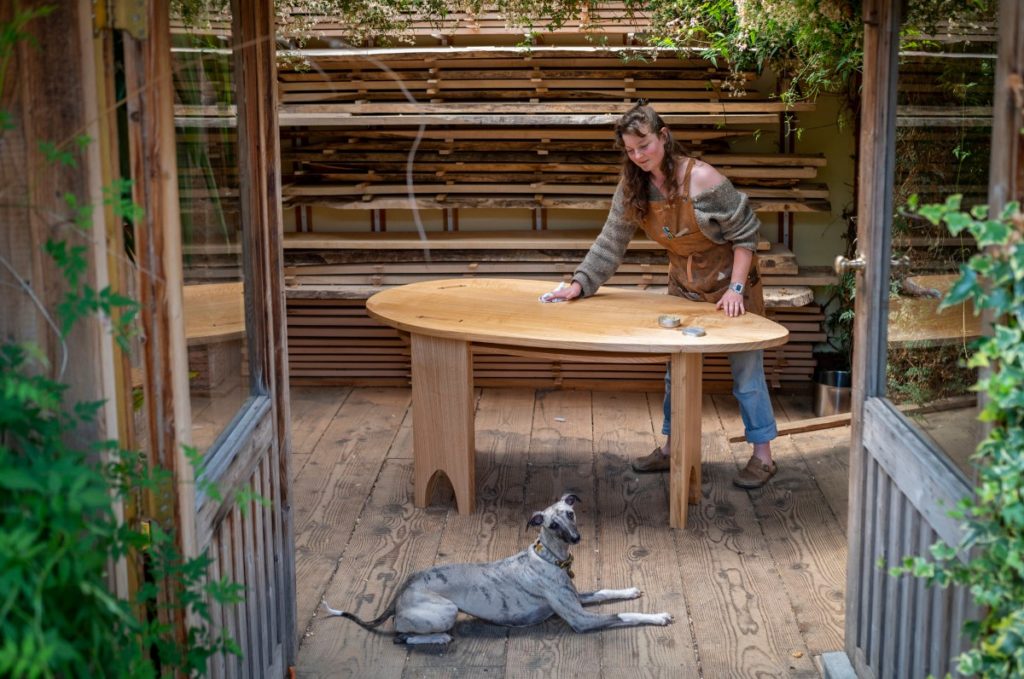The word sustainability is at the forefront of our minds this month, with the COP26 summit well underway.
We all have a role to play in protecting the planet, and the woodworking industry is no exception. In this blog, we will share our three top tips for sustainable practices within woodworking.
1. Revive furniture by repairing and restoring it!

In the UK a shocking 22 million pieces of furniture are discarded each year, ending up in landfill, when 51% of these pieces could have been reused with the help of a slight repair!
Design consultant and journalist Roddy Clarke says: “By restoring furniture, we are not buying into the wasteful habits of the ‘fast furniture’ world. There has been a return in recent years to a love for one-off and handmade items, and this is what brings us real joy – the storytelling that accompanies a treasured piece of furniture.”
If you have an existing piece of furniture that is looking a little tired, consider ways to breathe new life into it. It is possible to tackle simple repairs yourself, such as replacing a screw, worn-out drawer knob or table leg. For anything you can’t ‘DIY’ – talk to an expert!
Restoration is a much more involved process, and careful restoration takes time. If you’re feeling confident about approaching a restoration project yourself, ease your way into this and ensure that before you touch anything you are well prepared, having done your research and acquired the necessary tools. Be prepared for the commitment this requires, but it does come with a hugely rewarding pay-off.
If you do need help from an expert, take a look on the Fine Furniture Guild’s directory for a maker in your area who can help you to repair and restore your piece back to its full glory.
2. Sourcing pre-loved furniture

If you are looking for other ways to make sustainable furniture choices, try searching for beautiful second-hand pieces.
Our good friends at Found Something UK have just made this a whole lot easier – doing their bit to reduce furniture waste by promoting a curated selection of pre-loved items at auction.
Their fantastic weekly catalogue is £5.99 per month and contains over 100 amazing interiors going to auction that week! Follow them on Instagram to get a taste for the pieces up for grabs.
3. Sourcing and working with sustainable materials

When you are ready to start an exciting new project, take some time to research and source sustainable materials.
Sustainable timber can be bought almost anywhere. Simply look out for wood that has the Forest Stewardship Council (FSC) seal of approval. If you are looking for a British–grown timber, look for Grown in Britain accredited timber (GiB) – Phantassie Mill, Paterson Timber and Scottish Wood are great Scottish options.
Whilst it is easy to reach for sheets of MDF or plywood, eco-board is a great alternative that will give you the same quality and effect. Ditch your normal adhesive and go for one of the many brands of bio glue that are available on the market and you can swap standard resin for a bio resin to reduce your carbon footprint further.
Go beyond your materials and think about your work space. How is it heated and is your lighting eco-friendly? Switch to energy saving lightbulbs and make the most of the daylight hours. At Chippendale School we burn waste sawdust to heat the workshops.
We can all do our bit to tackle climate change with our daily choices, and furniture making and woodworking is no different – by making sustainable choices we can all help to reduce the need for environmentally harmful fast-furniture.
We are currently accepting applications for our next Professional Course for 2022/23. If you are interested in this or any of our other courses, see more information here.